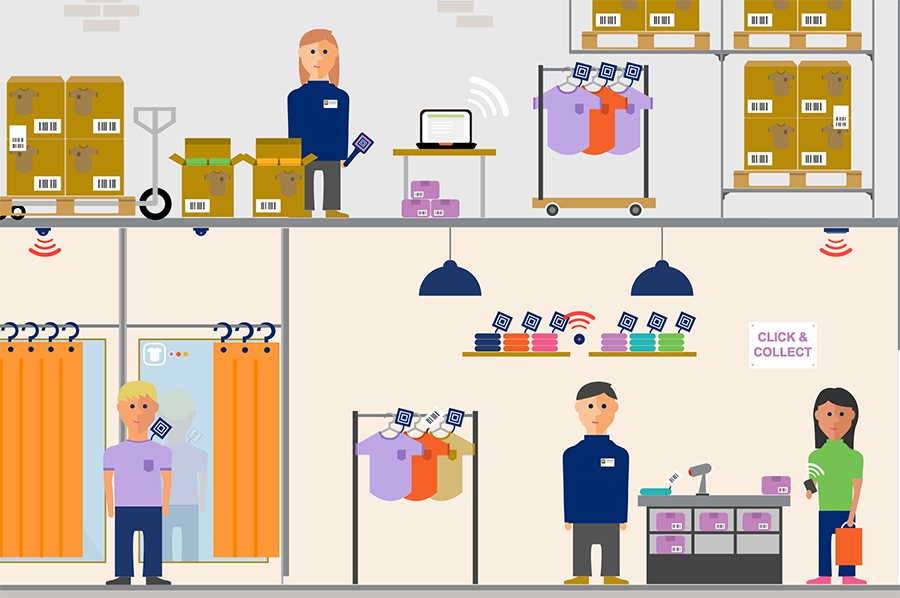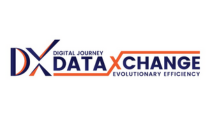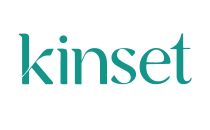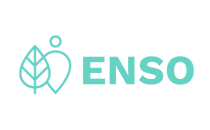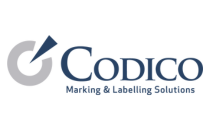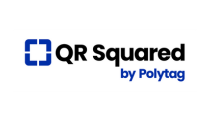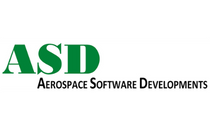Loading...
Electronic Data Interchange (EDI)
What is EDI?
Electronic Data Interchange, or EDI as it is commonly referred to, is the computer-to-computer exchange of standard business documents in electronic format between two companies. It simply replaces paper-based documents with electronic documents. The sending company creates the electronic message and the receiving company interprets the message - without the need for any human involvement.
The two key concepts of EDI are:
- Electronic documents replace paper based ones
- The exchange of documents takes place in a standardised format
GS1 Ireland allocates directly to a company engaged in EDI, a GLN for mailbox identification. The company may use this number as the primary company identification within the message itself. Using these two basic concepts, any business can implement EDI and take advantage of its speed, accuracy, efficiency and cost savings.
GS1 provides globally agreed standard definitions for a wide range of electronic business messages, including:
- Invoice
- Purchase order
- Despatch advice
- Receipt advice
EDI is an enabler for automating many important business processes, such as order-to-cash, planning, forecasting and reporting.
More Information:
Electronic Data Interchange is not new. Some companies have been using proprietary formats since the late 1960's. However, if EDI implementation is to remain cost efficient, trading partners must share a common language for their business and commercial messages.
In the mid 1970's, sectoral EDI standards emerged in a number of countries, which sometimes in turn led to the development of national standards. It became clear that if EDI was to meet the requirements of the global business community, an international multiindustry EDI standard was needed.
By the mid 1980's the development of an EDI standard began taking shape within the United Nations. The standard is known today under the acronym UN/EDIFACT, in full: United Nations Electronic Data Interchange for Administration, Commerce and Transport.
In 1987, the syntax or grammar of UN/EDIFACT was approved as ISO standard 9735. UN/CEFACT is the United Nations Centre for Trade Facilitation and Electronic Business. The centre's objective is to develop recommendations and standards such as UN/EDIFACT to facilitate trade.
GS1 manages two standards for the exchange of transactional data; these are EANCOM and GS1 XML. Both are widely used throughout the world by thousands of companies of all sizes in many different sectors. In GS1 standardised EDI messages each product, trading partner and location is identified by a unique GS1 Identification Number. These identification numbers are often represented in barcode symbols, which when scanned create a link between physical goods and locations and the digital information about them.
The Irish Grocery Sector has been using eCom messaging for the past 18years, today 90% of Invoices in the grocery sector are transfered using EDI. EDI is a secure stable proven technology. The Irish Hardware/DIY Sector has recently completed the successful implementation of a standard EDI Invoice message. There is huge opportunity and potential for all Irish Industry sectors to increase efficiency, save money and improve their carbon footprint by implementing EDI.
GS1 EDI standards make full use of GS1 Identification Numbers The most commonly used GS1 Identification Numbers used in EDI are:
- GTIN (Global Trade Item Number), which identifies all products and services
- GLN (Global Location Number), which identifies all parties (buyer, seller and any third parties involved in the transaction) and all physical locations
- SSCC (Serial Shipping Container Code), which identifies all logistics units
The use of GS1 Identification Numbers in EDI messages enables the physical flow of goods to be related to the information sent by electronic means.
GS1 EANCOM
EANCOM is the traditional standard used in Ireland since 1991 based on UN/EDIFACT (United Nations Electronic Data Interchange for Administration, Commerce and Transport). The current recommended version EANCOM 2002, this standard has been named H-EDI in Ireland. This standard is very stable and is widely adopted in the FMCG sector and is growing in DIY/Hardware.
GS1 XML
XML, or eXtensible Markup Language, has been specifically designed for information exchange over the internet. GS1 XML standards are not meant to compete with or replace GS1 EANCOM – the GS1 standard for more traditional, VAN-based EDI. GS1 XML standards initially addressed user groups different from those using GS1 EANCOM standards, but now currently both approaches are being used in parallel.
The Four Processes are: Align, Order, Deliver and Pay
Since 1992, the Irish EDI Retail Model has evolved based on the individual priorities of the Hub companies. Today, however, if you take a bird's eye look at the EDI model it would look like that outlined below.
- Order Processing
- Invoicing
- Data Alignment
Order Processing
Order Processing has been implemented using the Purchase Order and the Purchase Order Response Message. These Purchase Order Messages have been designed to cater for a wide variety of Supply Chain Models:
- Direct Store Delivery
- Central Distribution
- Transshipment Orders via a Central Warehouse
- Cross Dock Orders via a Warehouse
Priced Purchase Orders for each of the above.
The Order Response Message has been designed to:
- Acknowledge the receipt of the order
- Confirm that deliveries will be made as per the requirements of the original order.
- Detail amendments and the reasons for changes
The Despatch Advice message is used to detail the actual delivery to be made. This message replaces the paper version of the delivery note. The present implementation of the Dispatch Advice is limited to a single environment.
Invoicing
The Invoice Message has been designed to support three business models used in Ireland:
- Standard Invoice for a single order/delivery
- Consolidated Invoice covering a period of time and multiple deliveries
- Central Billing Invoice
In all cases, the EDI messages have been designed to comply with the VAT regulations governing both paper and EDI Transactions. It should be noted that the legislation governing VAT and EDI transactions, SI 269 of 1992 will be with drawn in 2002 and replaced with new legislation. The new legislation takes into consideration the European Union VAT Harmonisation and Electronic Signature directives and adopts the S.I. 269 accordingly so that there is a compatibility between Web Developments and at the same time not impacting on existing EDI implementations.
The Tax Control Message is a specific EDI message required by the VAT Regulations SI 269 of 1992. This message summarised the VAT amounts in an EDI Invoice file containing many EDI invoices. In the new regulations, the requirement for this message is removed. However, feedback from the current users indicates that they are unlikely to stop using it as it seen as a good control mechanism for management of the EDI message process.
Data Alignment
Data alignment has been implemented using the Price Catalogue Message and the Price Catalogue Response Message. Data Alignment involves the sharing information about product specifications and prices necessarily to run various applications such Warehouse Management Systems, Order Processing Systems and Accounts Systems. This is maintaining over the life cycle of the product to ensure that all data is accurate at all times.
Data alignment presently takes place bilaterally, i.e., directly between supplier and retailer. However, recognising that certain information about products is not confidential and is static over the life cycle of the product, there is a increasing trend towards providing this information from a global central repository a central catalogue using both EDI and Web EDI technology.
Visit the GDSN section of this website for further information on data alignment solutions.
Implementing E-Commerce is a significant undertaking for any business. It affects relationships between customers and suppliers. It has an impact on how your internal processes work and impacts your IT applications. In Ireland, E-Commerce has been implemented on a community basis where organisations come together and decide that best options for the community. GS1 has forested and facilitated these communities. As a community, the following tasks are addressed
- Business Process - selecting the process to be addressed Invoicing or Order Processing
- Standards Selections –selecting the best options and preparing requirements specifications for the selected business processes
- Communications – analysis of the communications options and selection of service providers
- Software –you have to consider how the E-Commerce will be managed and integrated with your existing IT applications
- Development and Testing – there will be some development and certainly some testing to be carried out. Testing should focus not only at validating the process but gaining organisational support among the process owners.
EDI provides trading partners with an efficient business tool for the automatic transmission of commercial data from one computer application directly to another. Companies do not need to worry about different incompatible computer systems. Through the use of GS1 EDI message standards, data may be communicated quickly, efficiently and accurately irrespective of users internal hardware and software types.
The successful implementation of EDI provides major benefits for a company and its trading partners including;
1. Cost efficiency: Significantly reducing the volume of paper to be handled and re keyed results in immediate savings in administrative and personnel costs. Staff can be redeployed to other more value-add functions within the organization.
2. Increased speed: Large volumes of commercial data can be communicated from one computer to another in a matter of minutes, enabling faster response and greater customer satisfaction.
3. Improved accuracy: EDI eliminates the inevitable errors resulting from manual data input.
4. Better logistics management and increased productivity: EDI enables companies to better manage and control production, purchasing and delivery requirements. EDI is a key component of justintime manufacturing and quick response customersupplier links, resulting in significant reductions in inventory levels.
5. Improved Customer Relations: EDI eliminates delays in invoice processing & postage, thus resulting in a faster order to cash cycle.
The benefits of EDI are:
- Reduced operational costs
- Faster receiving and storing of goods
- More accurate data; fewer order, delivery and invoice queries
- Improved stock accuracy and availability
- Shorter lead time from order to payment
- Better trading relationships
Cost Benefit Study
The Irish Hardware & Buildings Materials Association (IHBMA) and GSI Ireland have, been working with a representative group to oversee the industry-wide agreement, adoption and rollout of a standard EDI message. The group, comprised of 5 suppliers and 5 retailers from the sector, has recently completed the successful pilot implementation of a standard EDI invoice message based on the latest EANCOM 2002 -specification and is currently working on purchase order message. The group aims develop messages as required by the sector and plan a roll out to more suppliers and retailers in the coming months.
For a Supplier, switching to EDI means that less time is spent printing and posting invoices. Instead, invoices can be prepared on-line and despatched using Global Location Numbers (GLNs) to Retailers. When EDI is implemented the projected average monthly cost reduces to €400 – a saving of €1,300 or over 75%.
For a Retailer, the potential savings are even greater. With less time spent receiving, scanning, verifying, checking, etc. invoices arrive via EDI directly to the Retailer where they can be processed on-line and payments made. In this case the projected average monthly cost reduces to €500 - a saving of €4,000 or about 90%.
The Payback from EDI
Probably the biggest consideration involving a move to EDI relates to the Return on Investment (ROI) and payback. As has been already shown, there are significant savings to be made to the monthly costs once EDI has been implemented. The ROI for any company will be determined by the actual cost of setting up and implementing an EDI system. In a recent GS1 Ireland survey, payback on set-up cost was attained in ten months for Suppliers and only six weeks for Retailers.
EANCOM
GS1 Ireland adopted EANCOM in 1990 as its standard for EDI transactions. Since 1990, GS1 Ireland has published implementation guidelines that support EANCOM in Ireland.
- 1992 based on the 90.1 EDIFACT Directory and EANCOM 1992
- 1994 based on the D.93A EDIFACT Directory and EANCOM 1994
- 1997 based on the D.96A EDIFACT Directory and EANCOM 1997
GS1 Ireland recommends that all member companies implement their EDI messages based on the D.96A EDIFACT Directory and EANCOM 1997 using the GS1 Ireland 1997 Implementation Guideline.
The following migration policy is recommended for those companies needing to change from an older version to a newer version:
- Hub companies, should be capable of using both the latest version and one previous versions
- All new applications/messages are implemented using the latest message version only
- All new trading relationships are implemented using the latest message version only
In 2001, GS1 Ireland formally launched the Harmonised EDI Guideline. The Harmonised EDI Guideline, HEDI, while still based on the D.96A Directory, detailed the messaging requirements for each of the main hubs (retailers and wholesales), who are using EDI in Ireland. GS1 Ireland recommends that all hub companies, spoke companies and service providers use HEDI as their reference document for providing and implementing EDI solutions.
In September 2004 GS1, in conjunction with members of the eCommerce Committee, released an expanded version of the Harmonised EDI Guideline which now includes 11 messages, namely:
- Price Catalogue Message & Response PRICAT
- Purchase Order Message & Response ORDERS & ORDRSP
- Despatch Advice Message DESADV
- Invoice Message INVOIC
- Tax Control Message TAXCON
- Commercial Account Summary Message (Statement) COACSU
- Application Acknowledgement Message APERAK
- General Message GENRAL
GS1 XML
XML is an acronym for "eXtensible Markup Language". XML is designed for information exchange over the internet. Within GS1 Standards, XML is used for Electronic Data Interchange. GS1 XML is designed in such a way that the messaging is transport agnostic. GS1 supports reliable and secure messaging via the use of AS1, AS2, AS3, AS4 and ebMS, as well as other transport protocols. It is very simple to exchange GS1 XML documents using any technical solution or profile, such as Web Services.
How does XML work?
The standards are published as XML schemas, defining the content and structure of messages. The actual message is exchanged between business partners in the form of XML instance documents. The schemas are used as a base to create the instance messages and to validate them. Each of the business partners holds a copy of the standard XML schema defining the given message. When the message is generated by the sender’s system, it should be validated against this schema. Any potential errors should be corrected before sending. At the receiver's side the validation takes place in the receiving point of the exchange software, before any data is transmitted to the users' business application.
GS1 XML Messages
GS1 XML messages are developed using business process modelling methodology. First, the business process is described, including the identification of the business data that need to be exchanged between the main parties. This information is then mapped to the electronic messages. Thus, the GS1 XML messages are not always an equivalent of traditional paper business documents.
The messages available in the GS1 XML standard cover the following areas of the supply chain:
- Data Synchronisation messages that enable sending information about the trade item attributes and support its automated synchronisation between business partners, using the Global Data Synchronisation Network (GDSN)
- Messages used to order goods and respond to this order;
- Messages used to announce the despatch of goods and confirm their receipt
- Messages requesting payment for the goods sold and informing about the payment being sent
- Messages for planning and execution of transport
- Messages supporting automated replenishment of goods
GS1 XML standards support both Downstream (between the consumer goods manufacturers and retail) and Upstream (between the consumer goods manufacturers and their suppliers of raw material, packaging, etc.) communication.

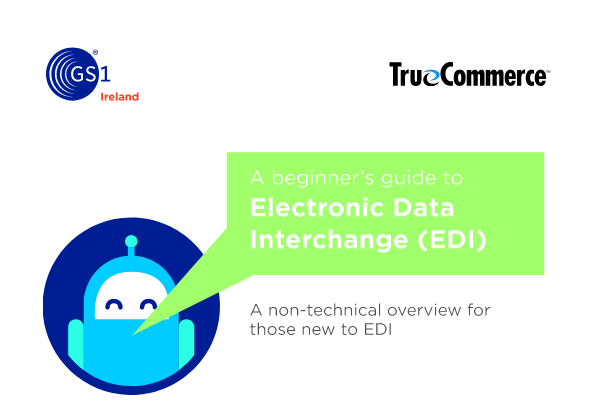
.png)
